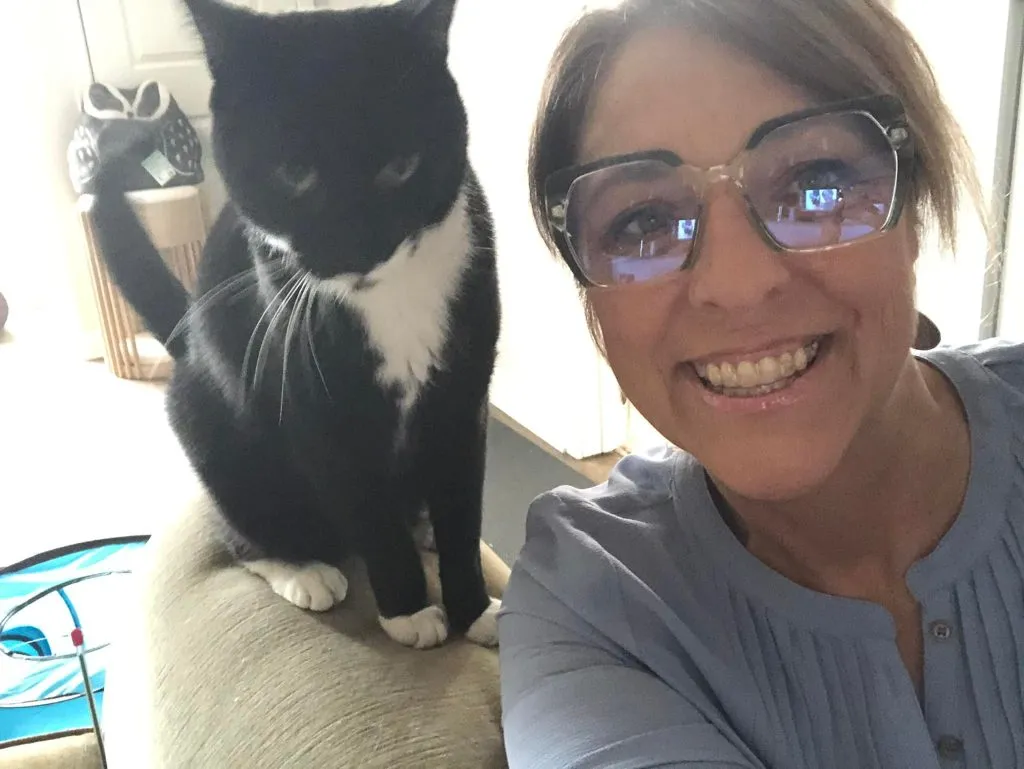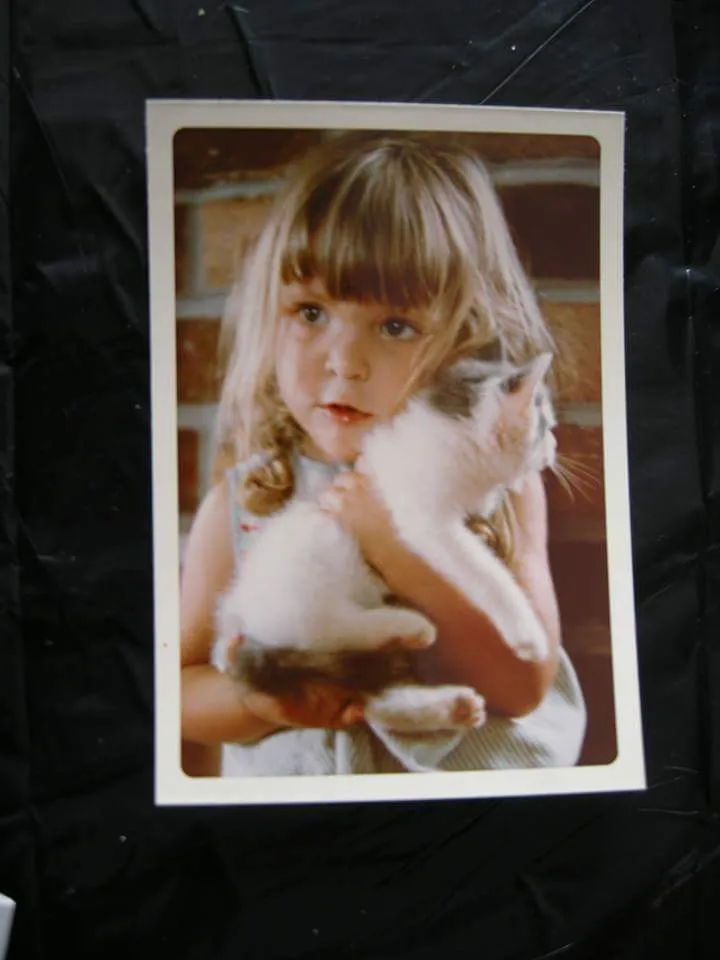Unraveling the Mystery • Kritter Kommunity
RELATED: Lilac Cat: All You Need to Know
If you’re a cat lover, you may have come across a lilac-colored cat at some point. Lilac is a pale, grayish-purple coat color that is caused by a dilution of the chocolate gene in cats. While most cat breeds can exhibit this coloration, it is the genetic makeup of a lilac cat that makes them truly unique.
This post is all about: Genetics behind Lilac Coat in Cats
The genetics behind a lilac coat in cats is fascinating. It all starts with the genes that determine coat color. Cats have two sets of genes that control coat color: one from the mother, and one from the father.
These genes can be dominant or recessive, and the combination of genes determines the final coat color. In the case of a lilac cat, the chocolate gene is diluted, resulting in the pale, grayish-purple color.
Understanding the genetics behind a lilac coat can help you appreciate the beauty and uniqueness of these cats.
Basics of Feline Genetics
Understanding the genetics behind a cat’s coat color can be a fascinating subject. The color of a cat’s coat is determined by the genes it inherits from its parents. In this section, we will explore the basics of feline genetics, including chromosomes and DNA, gene inheritance patterns, and dominant and recessive traits.
When Two Cats Come Together: Understanding the Genetic Marvel of Lilac Coat Color
Cat lovers often encounter the stunning lilac-colored feline, sporting a captivating pale, grayish-purple coat. This unique hue, a result of a dilution in the chocolate gene, makes lilac cats stand out. Exploring the genetics behind this coat color unveils a world of fascination.
Genetic Mysteries Unraveled by Union
Imagine two cats meeting, each carrying a unique set of genes dictating their coat color. These genes, received from their respective parents, determine the final coloration. In the case of a lilac coat, it’s the dilution of the chocolate gene that results in the mesmerizing pale, grayish-purple shade. Appreciating the beauty of lilac cats becomes easier when we delve into their genetic makeup.
Unveiling Feline Genetics: Chromosomes, DNA, and Traits
Much like humans, cats possess pairs of chromosomes in every cell. These chromosomes carry DNA, the repository of genetic information. With 19 pairs of chromosomes inherited from both parents, a cat’s sex is determined by the presence of X and Y chromosomes. Females carry two X chromosomes, while males have one X and one Y chromosome.
The Dance of Genes: Dominance, Recessiveness, and Coat Color
Genes follow predictable inheritance patterns. Cats can be homozygous, carrying two identical genes, or heterozygous, possessing two different genes. Dominant genes take precedence in expression, whereas recessive genes remain hidden.
| CAT | Lilac | Carrier | Not a Carrier |
|---|---|---|---|
| Lilac | 100% Lilac | 50% Lilac, 50% Carrier | 100% Carrier |
| Carrier | 50% Lilac, 50% Carrier | 25% Lilac, 50% Carrier, 25% Not a Carrier | 50% Carrier, 50% Not a Carrier |
| Not a Carrier | 100% Carrier | 50% Carrier, 50% Not a Carrier | 100% Not a Carrier |
Lilac Coat Color: An Exploration of Genetics
Understanding the lilac coat color involves comprehending recessive genetic mutations that affect melanin production, the pigment governing skin, hair, and eye color. The mutation impacting the chocolate gene results in its dilution, causing the distinctive pale, grayish-purple hue in lilac cats.
Genetic Probability: The Journey of Two Cats’ Traits
When two cats, both carriers of the lilac gene, come together, there’s a 25% chance of producing a lilac kitten, a 50% chance of a carrier kitten, and a 25% chance of no gene inheritance. This probability, depicted by a Punnett square, offers insight into the potential outcomes.
Health Matters: Ensuring Well-being Beyond Color
While lilac cats generally remain healthy, specific breeds like the British Shorthair might have health susceptibilities like hypertrophic cardiomyopathy. Regular veterinary check-ups are essential to ensure overall health and early detection of any issues.
Genetic Testing: Safeguarding Health and Heritage
Genetic testing for coat color and health issues aids in responsible breeding. Identifying potential genetic mutations allows breeders to make informed decisions, ensuring the well-being of future generations.
Legacy and Recognition: The Lilac Coat in Cat Breeds
The lilac coat color, originating from genetic dilution, finds recognition in various cat breed associations. Each association defines specific standards for this unique coloration, acknowledging its allure across different breeds.
The lilac coat in cats is a testament to the marvels of genetics, showcasing the intricacies of inheritance and the breathtaking diversity it brings forth. Understanding this genetic journey adds another layer of admiration for these enchanting felines.
Using a Punnett square can help you understand the probability of producing lilac kittens and make informed decisions when breeding cats for this unique coat color.
Genetic Testing for Lilac Cats
Genetic testing is available for cats to determine their coat color and identify any potential health issues. If you are considering breeding lilac cats, it is recommended that you have both cats genetically tested to ensure that they do not carry any genetic mutations that could cause health issues in their offspring. Genetic testing can also help you determine the likelihood of producing lilac kittens and other coat colors in future litters.
Historical and Breed-Specific Context
Origin of Lilac Coat in Breeds
The lilac coat color in cats is a result of a dilution of the chocolate gene. This dilution results in a pale, grayish-purple coat color that is unique to lilac cats. While most cat breeds can exhibit this coloration, it is the genetic makeup of a lilac cat that makes them truly unique.
The origin of the lilac coat in cat breeds can be traced back to the breeding programs of the 20th century. The Siamese cat breed was the first to exhibit the lilac coat color, followed by other breeds such as the British Shorthair and the Ragdoll.
Breed Standards and Recognition
The lilac coat color is recognized by various cat breed associations, including The International Cat Association (TICA) and the Cat Fanciers Association (CFA). The breed standards for lilac cats vary depending on the breed.
For example, the TICA breed standard for the lilac color in British Shorthair cats states that the coat color should be “even-toned, pale lavender, with pinkish undertones.” In contrast, the CFA breed standard for the lilac color in Siamese cats states that the coat color should be “even-toned, pale lavender-gray, with a pinkish cast.”
It is important to note that not all cat breeds recognize the lilac coat color. For example, the American Shorthair breed standard does not recognize the lilac color.
This post is all about: Genetics behind Lilac Coat in Cats.
Overall, the lilac coat color in cats is a unique and sought-after trait that has become increasingly popular in various cat breeds. With its interesting genetic makeup and distinctive appearance, the lilac coat is a fascinating aspect of feline genetics.
Lisa Illman is the Founder of Kritter Kommunity, LLC. She has a tuxedo adult cat and has had him since he was a baby kitten. Before her cat Finnegan, Lisa had had two FIV-positive cats for over a decade. They inspired Lisa to invent a cat enclosure and a portable catio so they could safely sit outside and enjoy fresh air and sunshine. Lisa had a Poodle and a parakeet growing up. She currently loves to pet-sit for her neighbors’ dogs and cats.









Why is Kritter Kommunity Your Trusted Partner?
Our mission at Kritter Kommunity is to promote happy and healthy lives for pets and their owners. We specialize in Barkitecture and designing tips for pet-friendly homes, utilizing the natural instincts of cats, dogs, and small critters to create a home life that pets and people love. From tips on pet care to reviews on pet toys and furniture, we are a go-to source for all things cats, dogs and small critters. Join us in celebrating the joys of pet ownership and providing the best possible lives for our furry friends.
